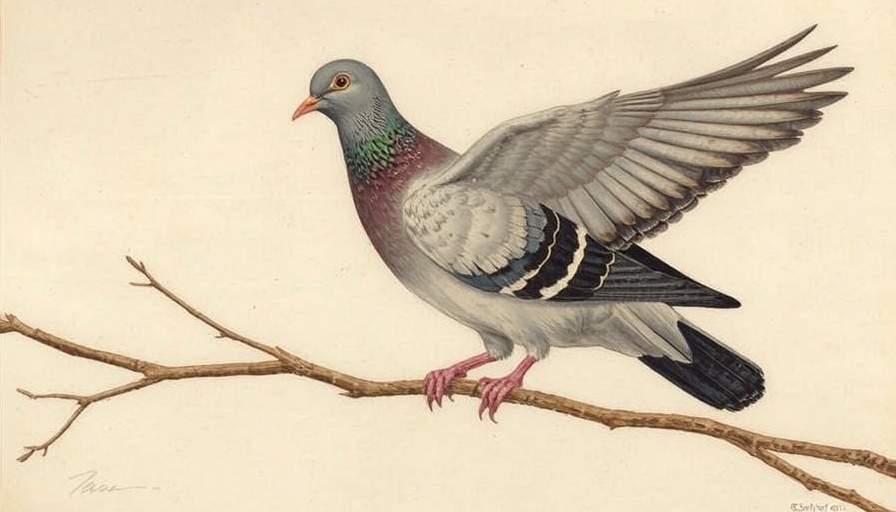
Understanding the Beats of Nature: Why Woodpeckers Drum
Woodpeckers may often be seen as just another bird in the forest, but their drumming performances are a remarkable display of communication and territory establishment. Like jazz musicians, different species have their unique drum rolls that resound throughout forests and urban areas alike during the early spring. The Downy, Pileated, and Yellow-bellied Sapsucker make distinct rhythmic sounds that serve as a proclamation: 'This is my territory!'
The Symphony of Territory Claims
From the thumping tattoo of a Pileated Woodpecker against a hollow tree trunk to the more methodical knocks of a Downy Woodpecker, each percussion is intentional and crucial for survival. Drumming isn't merely about making noise; it is a vital part of woodpeckers' breeding behavior. As they drum, they send clear signals to potential mates while simultaneously warning rival woodpeckers to steer clear.
Communicative Drumming: A Complex Language
Woodpecker drumming is characterized by speed and rhythm, differing significantly from their other sounds. Unlike slower pecking when excavating for food, drumming can reach astonishing rates of up to 38 beats per second in some species. This sharp distinction makes their drumming a pure form of communication, effectively attracting mates and asserting dominion over an area. Moreover, both male and female woodpeckers engage in this activity, a rare quality among birds, making it a fascinating aspect of their behavior.
Why Do Woodpeckers Choose Human Structures?
Interestingly, woodpeckers have a tendency to drum on human-made structures, such as gutters and siding. This may not only be due to the resonance these surfaces provide but also because they can occasionally harbor food sources—like insects. If you hear them rapping on your home, it could be an invitation to take action, perhaps through the installation of deterrents like reflective objects or netting to protect your living space.
The Future of Woodpecker Communication
As urbanization continues to spread, the challenge for woodpeckers is adapting their drumming communications to an increasingly complex environment. Preserving their natural habitats will be crucial in maintaining the integrity of their unique drumming behaviors. Understanding and respecting these rhythms not only enriches our appreciation of nature but highlights the delicate balance we share with wildlife.
 Add Row
Add Row  Add
Add 




Write A Comment